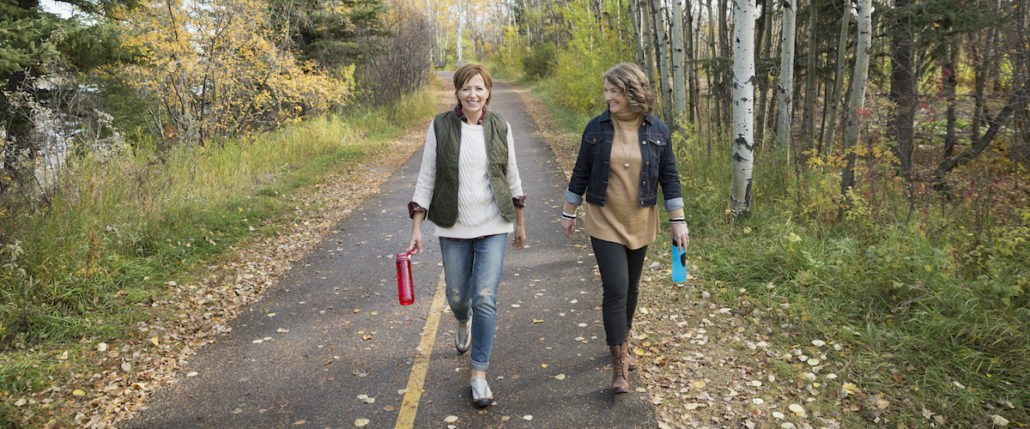What you should know – and what you can do – about osteoporosis

An estimated 54 million Americans have low bone density and many don’t know it. Low bone density means that you’re more likely to break a bone and much more likely to develop osteoporosis – a bone disease that occurs when you lose too much bone, make too little bone or both.
Osteoporosis isn’t painful – it’s known as a silent disease because it usually has no symptoms – typically you won’t realize that you have osteoporosis until you break a bone. Although women make up 80 percent of osteoporosis cases – anyone can get it. As you age, you’re more likely to get it, and genetics can play a role, too.
Reduce your risk
However, there’s good news. You can slow the process of osteoporosis and low bone density – here’s how:
- Quit smoking and limit your alcohol intake.
- Exercise several times a week – even if it’s just walking or dancing.
- Improve your diet – especially your calcium intake. You can do this through eating leafy green vegetables and dairy products – both high in calcium.
- Get enough vitamin D – through supplements or exposure to sunlight.
- Your doctor might also recommend medication, hormone therapy or estrogen therapy.
The best way to tell if you’re at risk is asking your doctor for a bone mineral density test, which is like an X-ray. It can help your doctor tell how likely you are to break a bone.
The best plan is to be proactive – just like you brush your teeth to keep them healthy, you should exercise regularly and eat a healthy diet to keep your bones healthy and strong.
Next steps:
- Getting active – and staying active – has many health benefits, including reducing your risk of osteoporosis.
- When you quit smoking, your health improves within minutes. Here are nine great reasons to quit tobacco now.




